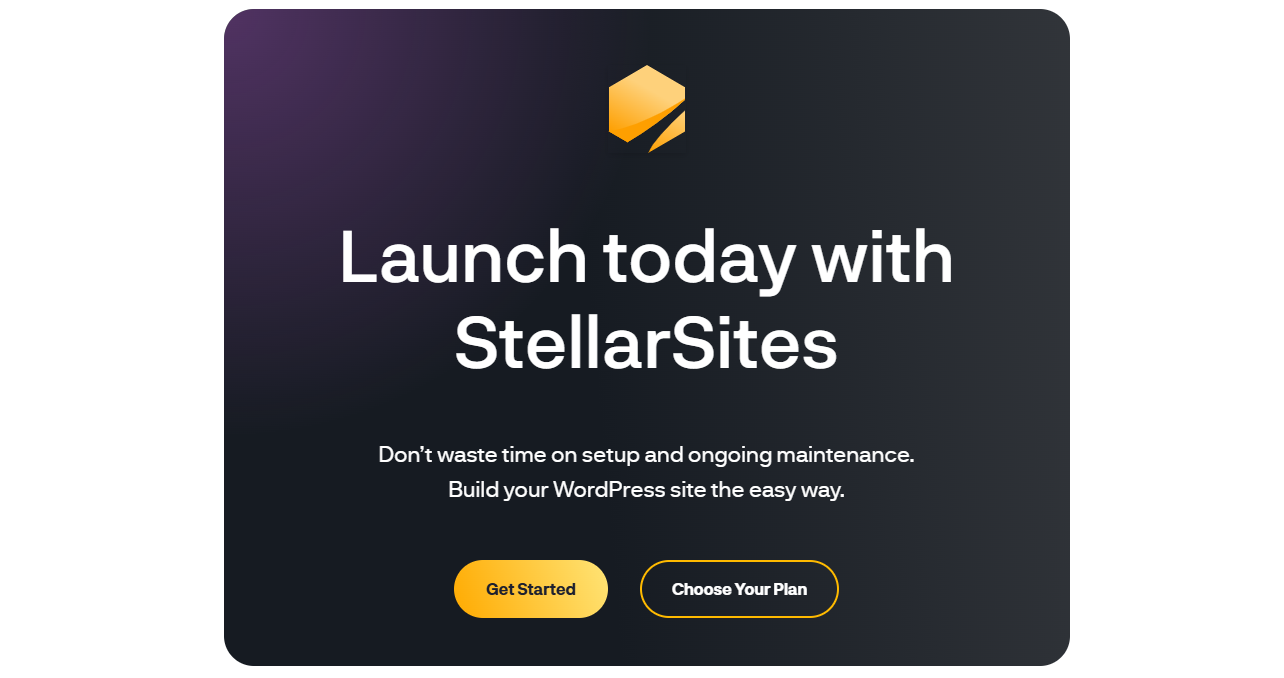Disclosure: We’re reader-supported. When you buy through links on our site, we may earn an affiliate commission at no extra cost to you. For more information, see our Disclosure page. Thanks.
Contents
Byte & Beak Talk Hosting #62: How to Keep Your Website Safe: Top Security Tips You Can’t Ignore
Beak is obsessed with locking things down. Byte reveals the top website security strategies that go beyond just a password.
🎬 Scene Opener – Beak Gets Paranoid
[Setting: Byte & Beak’s treehouse. Beak is pacing back and forth, checking under tables and behind curtains.]
🦉 Beak:
“Byte, I’m going overboard. I’ve installed the SSL, but I feel like there’s something I’m missing. What if someone sneaks into my site through the backdoor?”
👨💻 Byte:
“Calm down, Beak. While you’re checking under the couch cushions, let me give you a crash course on how to keep your site safe from the real threats.”
🦉 Beak:
“Alright, I’m ready! What should I lock next, Byte? My login page? My cookie jar?”
👨💻 Byte:
“Let’s start with the basics — but I promise you, securing your website isn’t just about having a locked door.”
🔐 The Basics of Website Security
Website security isn’t just about one thing — it’s about a layered approach. Think of your website as a house with multiple doors, windows, and entry points. Securing it is more like putting up an alarm system, reinforced locks, and maybe even some security cameras.
Here are the key strategies for keeping your website safe:
- Use Strong Passwords
You’ve heard it a million times, but it’s worth repeating. Weak passwords are one of the easiest ways hackers can gain access to your site. Use a combination of upper and lowercase letters, numbers, and symbols. Avoid using obvious passwords like “password123” or your cat’s name. - Two-Factor Authentication (2FA)
This adds an extra layer of security by requiring a second form of verification, like a code sent to your phone, in addition to your password. It’s one of the best ways to prevent unauthorized logins. - Keep Everything Updated
Whether it’s your website platform, plugins, or themes, outdated software is a huge security risk. Hackers exploit known vulnerabilities in old versions. Always update your software regularly to close any potential gaps. - Use a Web Application Firewall (WAF)
A WAF helps protect your website by filtering out malicious traffic before it reaches your server. It acts like a shield against various types of cyberattacks, such as SQL injection or cross-site scripting (XSS).
👨💻 Byte:
“Think of security like wearing a helmet, elbow pads, and knee pads when you ride a bike. You never know when something might go wrong, so it’s better to be prepared.”
🦉 Beak:
“I get it! So, the first step is changing all my passwords to something more complicated than ‘1234.’”
🔑 Top Security Tips to Implement
Here’s a list of top-tier strategies you should implement to fortify your website:
✅ Enable SSL for Encryption
As we mentioned earlier, SSL ensures that data exchanged between the server and browser is encrypted. This protects sensitive information like login details, credit card information, and personal data.
✅ Install a Security Plugin
For WordPress users, security plugins like Wordfence or Sucuri can help protect your website by monitoring for threats and providing real-time alerts. These plugins offer features like firewall protection, malware scanning, and brute force protection.
✅ Limit Login Attempts
Hackers love to try to brute force their way into your website by guessing your login credentials. Limiting the number of failed login attempts can help prevent this. Set a limit and enforce CAPTCHA to slow down any attack.
✅ Backup Your Website Regularly
Backups are your safety net in case of a security breach. If your site is hacked or compromised, having a recent backup ensures you can restore it quickly and easily.
✅ Enable HTTPS on All Pages
If you have an SSL certificate, make sure your entire site is running on HTTPS. This ensures that all traffic to your website is encrypted, not just the pages with sensitive data.
✅ Monitor Your Site for Malware
It’s always a good idea to have malware scanning in place. Regular scans can identify any malicious code or files hiding on your site, which could be used to steal data or cause other damage.
👨💻 Byte:
“Think of your website like a vault. You don’t just lock the door and hope for the best. You reinforce it with multiple layers of protection.”
🦉 Beak:
“So, a plugin here, a backup there, and then what’s next? More locks?”
🛡️ Advanced Security Measures for Maximum Protection
Once you’ve implemented the basics, it’s time to consider more advanced measures:
- DDoS Protection
Distributed Denial of Service (DDoS) attacks can overwhelm your site with traffic, causing it to crash. Services like Satisfyhost and Serverspace.io offer DDoS protection that can keep your site running smoothly even during an attack. - IP Blocking
If you notice malicious activity from a specific IP address, you can block that IP to prevent further access. Some security plugins allow you to block entire countries if you’re not targeting those markets. - Limit File Uploads
Allowing users to upload files to your website can be a security risk if not managed properly. You can limit the types of files that can be uploaded and restrict who can upload files to minimize the risk. - Regular Security Audits
Performing security audits allows you to identify vulnerabilities that might have been overlooked. You can hire a professional or use tools to scan your site for potential threats.
👨💻 Byte:
“These are the kind of advanced moves you see in the spy world. But they’re necessary if you’re serious about keeping your website safe.”
🦉 Beak:
“Alright, I’m in! I’ll start blocking all the suspicious characters trying to sneak into my site.”
🧑💻 Byte’s Hosting Checklist for Website Security
Here’s a checklist to make sure your website is as secure as possible:
✅ Use strong passwords and enable 2FA on your login page.
✅ Keep your software up to date to fix any known vulnerabilities.
✅ Install a WAF to filter out malicious traffic.
✅ Backup your website regularly to protect against data loss.
✅ Limit login attempts and enforce CAPTCHA to prevent brute-force attacks.
✅ Enable HTTPS on all pages to secure all traffic.
✅ Scan your site for malware regularly to identify any threats.
✅ Monitor for suspicious activity and block IP addresses if necessary.
✅ Invest in DDoS protection to safeguard against traffic overload.
👨💻 Byte:
“Security isn’t one-size-fits-all. It’s about layers, and the more layers you have, the harder it is for hackers to break through.”
🦉 Beak:
“Got it! Layers like a really strong, ninja turtle kind of armor!”
🦉 Beak’s Final Hoot
“Alright, Byte! I’m going to go change all my passwords and make sure everything is up to snuff. How about we lock it all down with some extra tools next?”
👨💻 Byte:
“Good plan, Beak! Next, let’s dive into some tools that will keep your website even safer — you’ll need them to stay one step ahead of hackers.”
➡️ Next Up:
Byte & Beak Talk Hosting #63 – The Best Security Tools Every Website Needs
Beak wants to arm himself with even more security gadgets. Byte shares the top tools for every website owner to stay protected from cyber threats.




